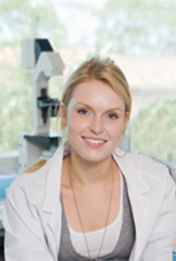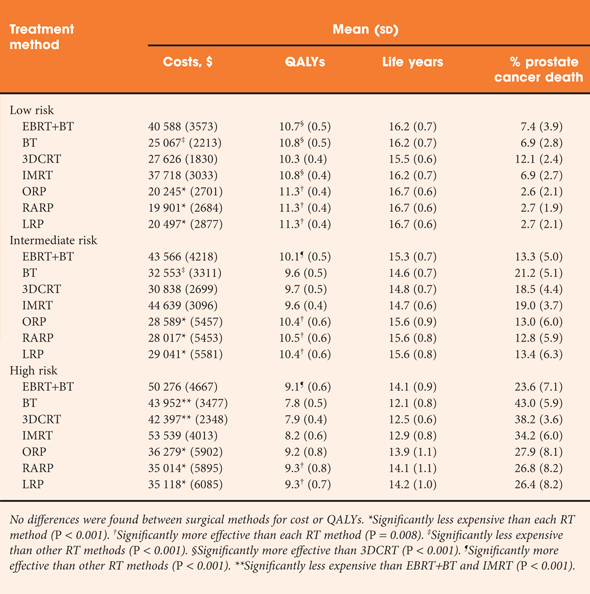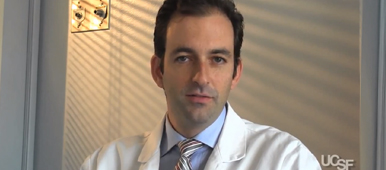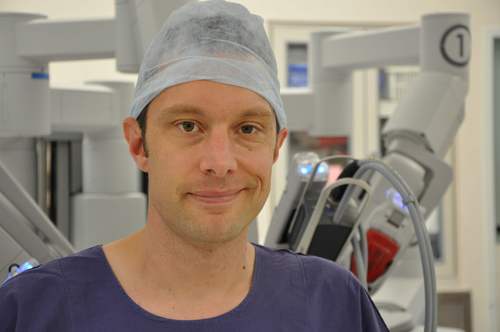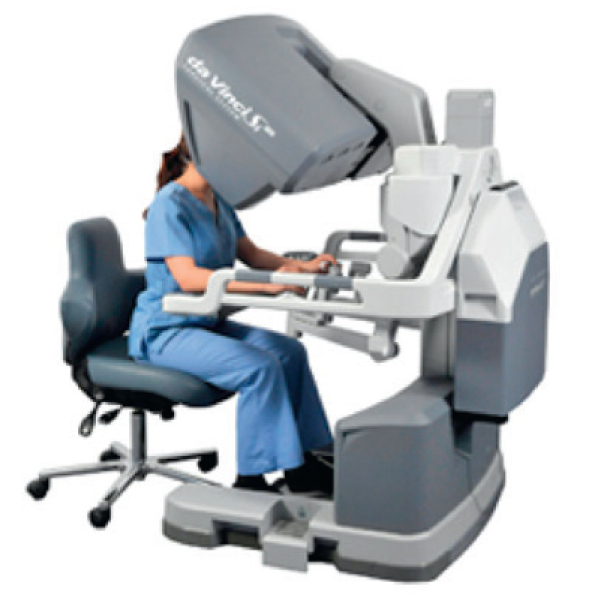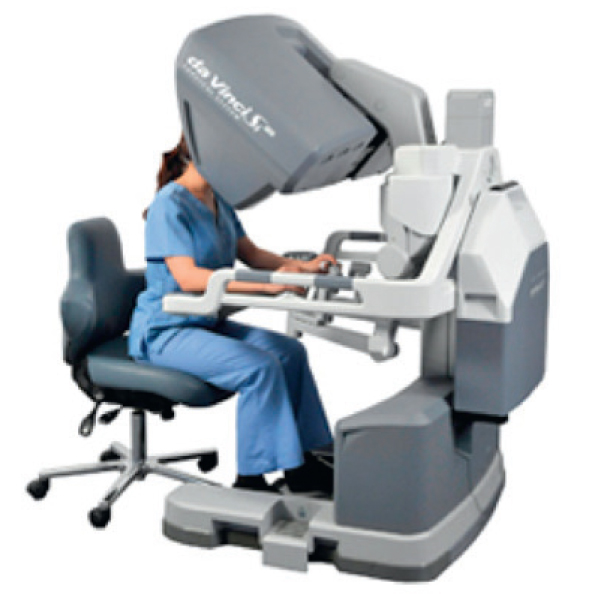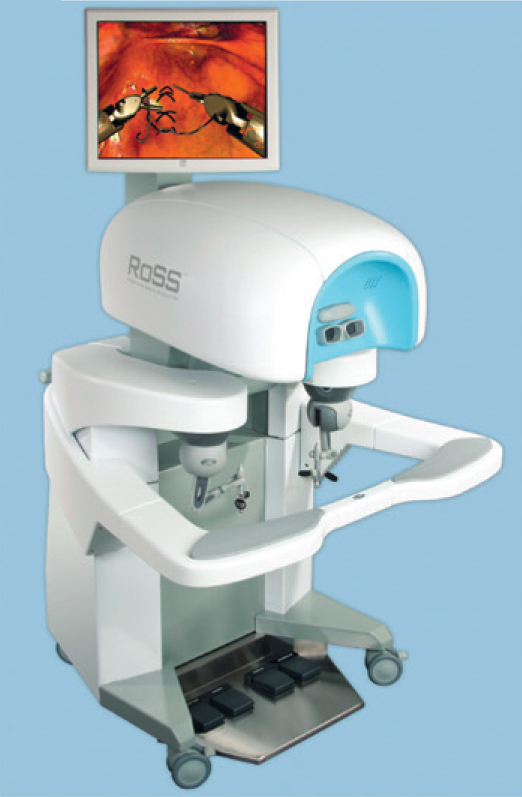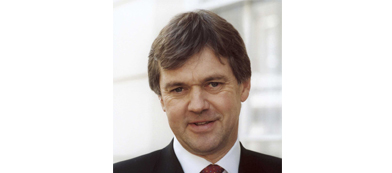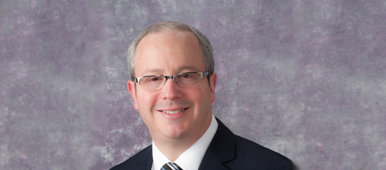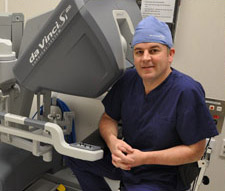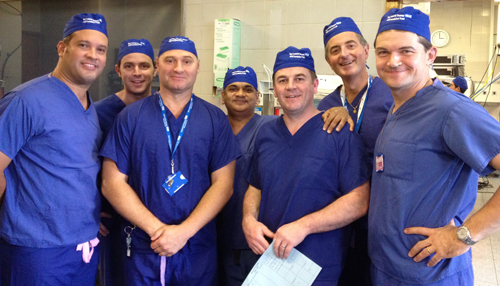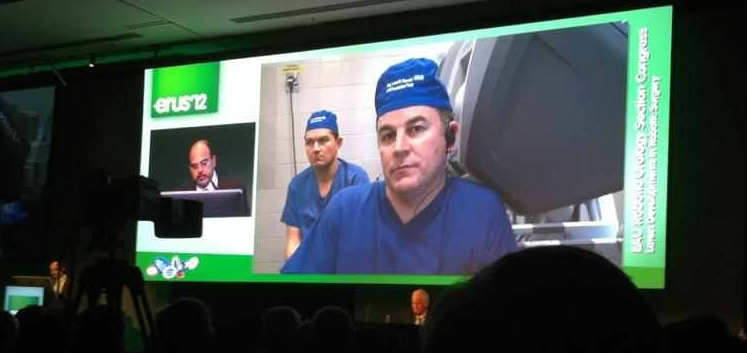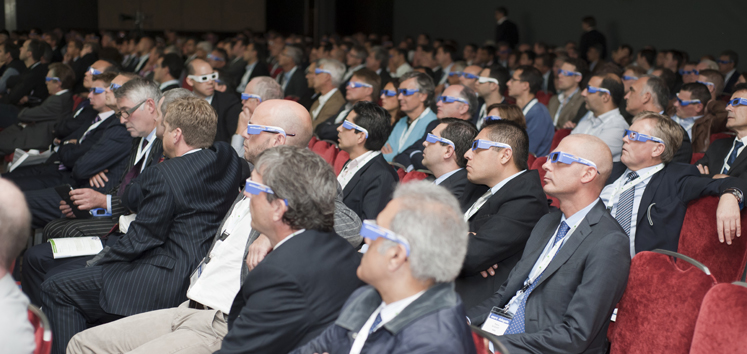Tiger Testes
Although I enjoyed reading Jim Duthie’s Blog Post ‘Surgery Isn’t Normal’, I would argue that no profession, particularly those constituting a high degree of specialization, are normal. Let me set the scene from a research scientist’s perspective…
It was late on a Tuesday night three years ago, and being a poor PhD student at the time (PhD scholarships pay below poverty level), I was completing my part-time work in the histology department to help make the rent. My research laboratory specialises in diseases of the prostate; however, the laboratory next to ours – for which I was currently performing histology work – specialises in germ cell development and male fertility. Most of their work is focused on the human species, however, one of their projects was looking into the fertility of rare or endangered species to help prevent their extinction. As such, they had an ethics agreement with the Melbourne Zoo which gave them access to the reproductive organs of any endangered species that passed away. So there I was on my microtome sectioning the testes of a recently deceased Bengal tiger.
For anyone who works in pathology, the temperature and hydration of tissue to be sectioned must stay within a tight range in order to obtain perfect 5-µM thick sections that can then be stained for analysis. Too hot and your tissue will crumple, too cold and the sections will curl over on themselves, whilst over-hydrated tissues will swell out of the paraffin wax, and under-hydrated tissues break when they meet the microtome’s blade. These tiger testes were getting a little too warm for my liking, so I placed them on ice and left the room to grab myself a beverage from the hospital cafe – cutting testes is thirsty work!
To my dismay when I arrived back at the hospital laboratory my access card would not let me in the room. It was late, no one was around in the histology department, and I was now getting worried about the time these testes had been sitting in water on ice, so I headed for the hospital security. As I stood there explaining to a ICORP Security guard that I urgently needed to get into the histology department on level 3 as my tiger testes were getting too cold and may over hydrate, I too had the realisation of how abnormal this must seem. And yet, the very things that may make my job seem abnormal to an outsider are the very things I love most about my role. Every day is different, and I get exposed to new and exciting research projects that really make a difference to the world and people in it.
This particular job has also come in handy in some unexpected situations. When I caught a man trying to steal the hubcaps off my tyres I was able to tell him, “I may look harmless, but I cut testes for a living,” and so my hubcaps remain…
Dr Sarah Wilkinson is a post-doctoral research fellow at Monash University, Melbourne. She is interested in how the prostate tumour microenvironment can be targeted as a therapeutic treatment for prostate cancer.
Twitter: @wilko3040
Comments on this blog are now closed.


